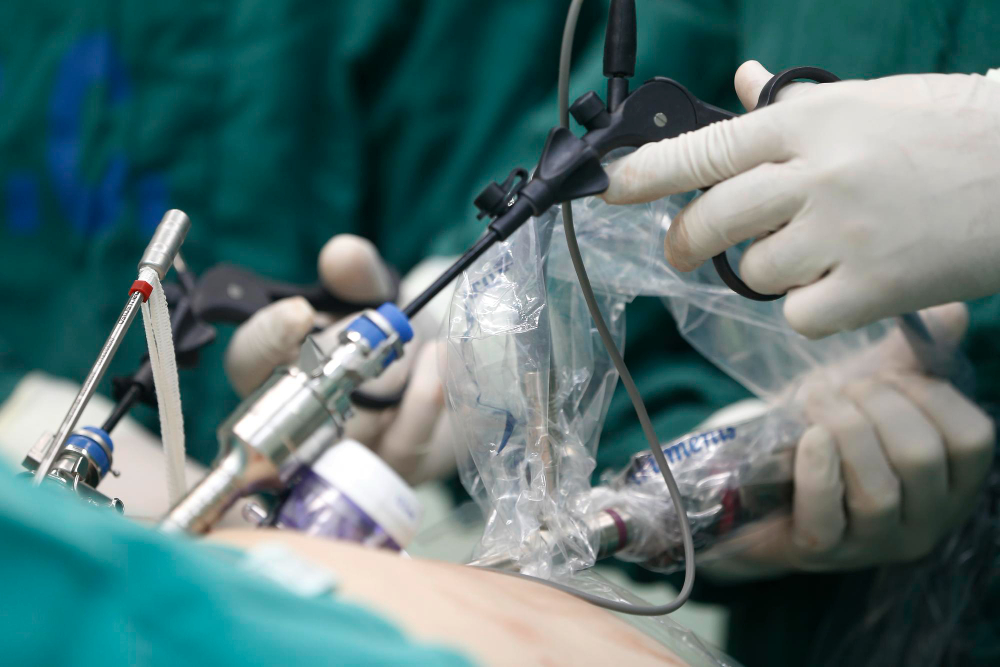Laparoscopic hernia repair is a modern, minimally invasive surgery to fix hernias. This technique uses small cuts and a camera to help the surgeon. Because of this, many people choose it for faster healing and less pain. In this blog, you will learn what laparoscopic hernia repair is, how it works, its benefits, possible risks, and how to recover well. Understanding these facts can help you make informed choices about your health.
What Is Laparoscopic Hernia Repair?
Laparoscopic hernia repair is a type of surgery that fixes a hernia using small tools and a camera. A hernia happens when an organ or tissue pushes through a weak spot in the muscle. With this method, the surgeon makes a few tiny cuts in your belly. Then, a thin tube with a camera (called a laparoscope) goes inside. The surgeon can see the hernia on a screen and repair it using special tools. This approach is also known as minimally invasive hernia surgery. According to the World Health Organization (WHO), this method often leads to less pain and a quicker return to normal activities.
Common Symptoms and Causes of Hernias
Hernias can happen to anyone. However, some people are more at risk. Knowing the symptoms and causes can help you seek care early.
There are several common causes of hernias:
If you notice these symptoms, it is important to talk to your doctor.
How Is Laparoscopic Hernia Repair Performed?
First, the surgeon gives you anesthesia so you do not feel pain. Next, they make a few small cuts in your belly. Through these cuts, the surgeon inserts a camera and special tools. The camera shows the hernia on a screen. Then, the surgeon gently pushes the tissue back into place. After that, a mesh is placed to strengthen the muscle wall. Finally, the surgeon closes the cuts with stitches or glue. Because the cuts are small, healing is often quicker than with open surgery. The Centers for Disease Control and Prevention (CDC) notes that this method lowers the risk of infection and speeds up recovery.
Benefits of Laparoscopic Hernia Repair
Laparoscopic hernia repair offers many advantages over traditional open surgery. For example, you may notice:
Because of these benefits, many people prefer minimally invasive hernia surgery.
Risks and Possible Complications
Although laparoscopic hernia repair is safe, every surgery has risks. It is important to know what can happen. Some possible risks include:
According to peer-reviewed medical journals, these risks are rare. However, you should discuss them with your surgeon before surgery. Understanding laparoscopic hernia surgery risks helps you make the best choice for your health.
Recovery and Aftercare Tips
After laparoscopic hernia repair, most people recover quickly. Still, you should follow your doctor’s advice for the best results. Here are some helpful tips:
Most people can return to normal activities within one to two weeks. However, hernia repair recovery time may vary for each person.
Prevention and Lifestyle Guidance
While not all hernias can be prevented, you can lower your risk. Try these simple steps:
By following these tips, you can help protect your health and lower the chance of a hernia returning.
In summary, laparoscopic hernia repair is a safe and effective way to treat hernias. It offers many benefits, such as less pain and faster healing. However, you should always talk with a qualified surgeon to find the best treatment for your needs. Consult a qualified surgeon for personalized advice on hernia repair.

